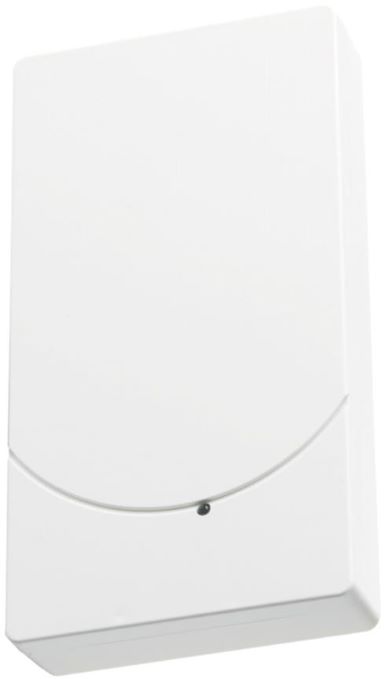
The application of a wireless fire detection system is where only limited cable or conduit use is permitted for structural or aesthetic reasons or architectural protection reasons.
With a wireless connection, cluttered or visible wiring is invalid; This is especially true for museums, churches, etc. is interesting for
The system offers the additional advantage that installation is possible without interruption of operation.
By changing or expanding the building, smoke detectors and call points can be easily replaced without requiring high investment.
Bidirectional data communication in the frequency range 868 – 870 MHz and 433 – 435 MHz.
The 3.6 V lithium battery (must be ordered separately) has a service life of not less than 6 years.
Also available in different colours.
- Standard EN 54-17 , EN 54-18 , EN 54-25 , EN 300220-2
- Radio frequency 868...870 MHz (SRD band) and 433...435 MHz
- Channel width 50 kHz
- Transmission distance Max. 180 m in building Max. 1000 m in open air
- Transmitting power Typ. <10 (max. 25) mW ERP
- Operating temperature -10...+ 55 °C
- Supply voltage Via FDnet or C-NET, additionally 3.6 V lithium battery, monitored
- Transmitter/receiver antenna Dual band antenna
- Protection category IP40; IP65 with housing
- Relative humidity ≤95 % rel.
- Color ~RAL 9010 Pure white
- Communication protocol FDnet/C-NET
- Dimensions (W x H x D) 89 x 167 x 28 mm
- Accessories FDCH221 Housing for input/output modules , DBZ1190-AB Connection terminal 2,5 mm2, 3-pole , BAT3.6-10 Li-SOCI2 battery 3.6 V, 10 Ah , FDUZ227 MCL-USB adapter (radio)